Why Consumers Are Demanding Quieter Homes
Research shows that prolonged exposure to noise can negatively impact quality of life, contributing to stress, sleep disturbances, and decreased productivity. As a result, consumers are demanding quieter home environments, they expect high-performance products that maintain efficiency while minimizing background noise. This drives manufacturers to prioritize noise reduction in appliance design. However, meeting these expectations presents challenges for product development engineers, particularly as they balance noise control with other performance factors.
The Role of Regulations and Standards
Government regulations and industry standards are also shaping the shift towards quieter appliances. In many regions, noise emission limits are becoming stricter, especially for washing machines, dishwashers, and ventilation systems. At the same time, energy efficiency regulations play a significant role in product design. While energy-saving features reduce power consumption, they can sometimes introduce additional noise, making noise reduction an even greater challenge for manufacturers. Organizations such as the European Union and the U.S. Environmental Protection Agency (EPA) have introduced guidelines that encourage manufacturers to strike a balance between efficiency and noise control.
Innovations in Noise Reduction for Household Appliances
To meet both consumer demand and regulatory requirements, manufacturers are incorporating advanced noise control technologies, including:
-
New Component Technologies – Quieter pumps and compressors used in dishwashers and refrigerators to minimize noise during operations.
-
Soundproofing Materials – New insulation techniques help absorb vibrations and lower overall sound output.
-
Smart Sensors – Some appliances automatically adjust power levels and operational noise based on real-time usage.
-
Aerodynamic Design – Engineering refinements in air movement systems, such as range hoods and ventilation fans, help reduce operational noise without compromising performance.
-
Damped Components – The use of rubber mounts, anti-vibration pads, and noise-reducing mounts in motors and compressors helps minimize sound transmission.
-
Optimized Fan Designs – Advances in blade geometry and motor control help reduce the noise levels of cooling systems in refrigerators and HVAC units.
-
Active Noise Cancellation (ANC) – Emerging technologies in sound control apply ANC principles to reduce disruptive frequencies in appliances like dishwashers and washing machines. Companies are now looking into clever ways applying ANC technology in household appliances.
The Impact on Product Development and Testing
For engineers and product designers, the demand for quieter appliances presents new challenges in sound measurement and compliance. One of the key issues is identifying and mitigating noise sources at an early stage. For example, washing machines often produce structure-borne noise due to high-speed spin cycles, requiring careful motor suspension and damping solutions. Similarly, refrigerators generate compressor vibrations that, if not properly isolated, can resonate through the appliance frame, amplifying noise levels.
Another challenge is balancing noise control with energy efficiency. Many modern dishwashers and HVAC systems use high-efficiency motors that reduce power consumption but may introduce new tonal noise components that require mitigation.
Accurately assessing noise levels is essential to ensure appliances meet both consumer expectations and regulatory requirements. Advanced sound measurement tools and techniques, such as sound intensity mapping and noise analysis, are becoming critical components in the product development process.
Looking Ahead
The trend toward quieter household appliances is only set to grow. Accurate noise measurement is essential in the product development process. Axiometrix Solutions offers a comprehensive portfolio solutions—from precision sound power measurement and audio analysis to multi-domain data acquisition—enabling engineers to identify, evaluate, and solve acoustic challenges at every stage of development.
Contact us to explore how our solutions can support your development and testing needs.









